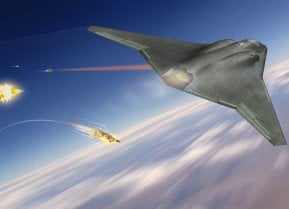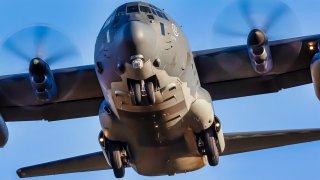AC-130J Ghostrider Gunship Just Landed on a Highway to Prove a Point
In a historic first, the U.S. Air Force Special Operations Command (AFSOC) successfully landed an AC-130J Ghostrider Gunship on a highway in Arkansas during the Emerald Warrior Field Training Exercise II.
Summary and Key Points: In a historic first, the U.S. Air Force Special Operations Command (AFSOC) successfully landed an AC-130J Ghostrider Gunship on a highway in Arkansas during the Emerald Warrior Field Training Exercise II.
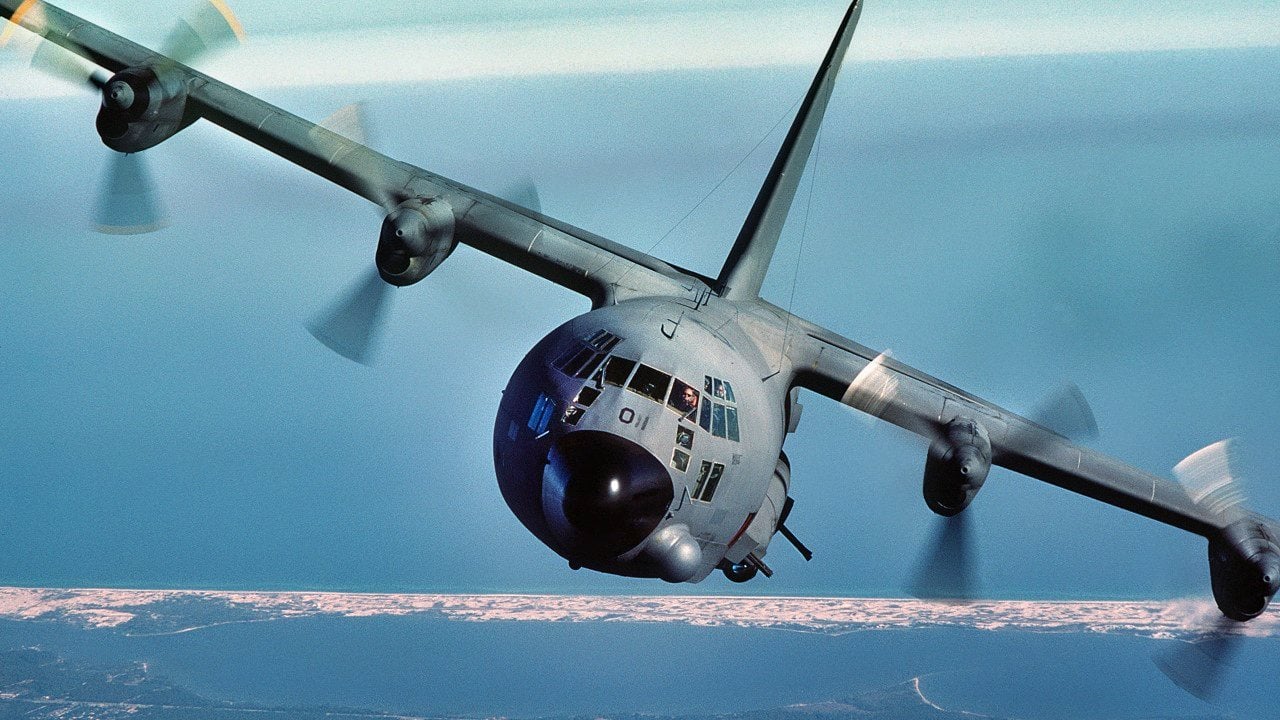
-This operation, which also included the landing of a C-145A Wolfhound and an MC-130J Commando II, demonstrated AFSOC's Agile Combat Employment (ACE) capabilities, highlighting the ability to operate in austere environments without traditional runways.
-The exercise involved setting up a Forward Arming and Refueling Point (FARP) on the highway, showcasing the Ghostrider’s flexibility in providing close air support, air interdiction, and armed reconnaissance in any location.
AC-130 Just Landed on a Highway – On Purpose
There is a longstanding myth that the United States interstate system was designed to serve as de facto airstrips in a time of war. While that isn't true, the United States military still regularly conducts training operations on remote roads and highways that include employing the stretches as runways.
Normally, however, it is fighters and smaller aircraft that are used in such operations.
On Sunday, the Air Force Special Operations Command (AFSOC) went a little bigger after it landed an AC-130J Ghostrider Gunship on Highway 63 outside of Bono, Arkansas. According to the AFSOC, the historic first operation was part of the Emerald Warrior Field Training Exercise II – designed to highlight the unit's Agile Combat Employment (ACE) capabilities.
"This exercise serves as a significant milestone for AFSOC, demonstrating our ability to operate in diverse and austere environments," said Tech. Sgt. Robert Gallagher, lead planner for the highway landings, assigned to the AFSOC Air Commando Development Center. "By leveraging ACE concepts, we enhance our operational flexibility and resilience."
Airmen or "Highway Men"
There is much more than just wheels down and hoping for the best to make use of Highway 63, of course, and the Special Tactics airmen from the 1st Special Operations Wing became highway men and women. They worked in the early morning to secure the landing zone in time for a U.S. Air Force C-145A Wolfhound and MC-130J Command II – both from the 492nd Special Operations Wing – to land on the five-lane highway.
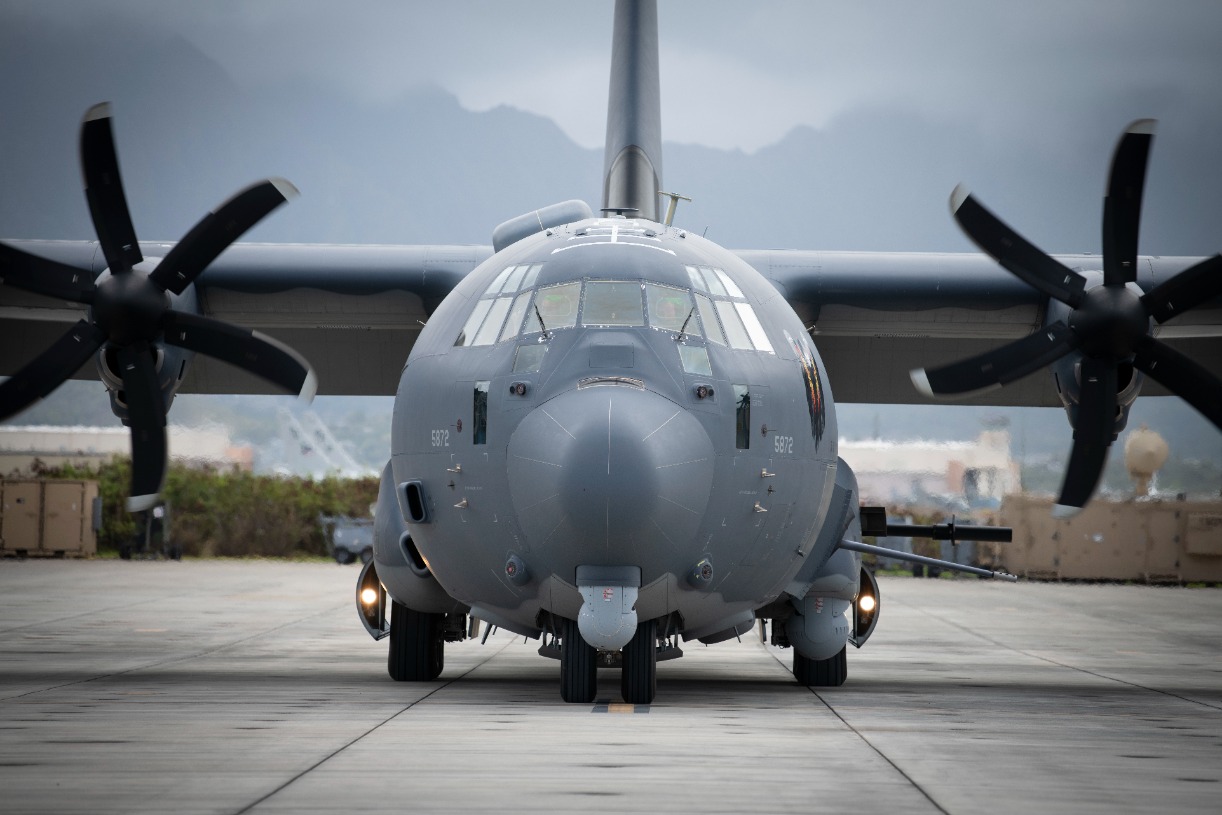
The crew from the latter aircraft then quickly deployed a Forward Arming and Refueling Point (FARP) – essentially setting up a mobile service station for the AC-130J that was assigned to the 1st Special Operations Wing at Hurlburt Field, Florida.
Life is a Highway for AC-130
With everything ready, the Lockheed-made Ghostrider made its approach, landed, quickly refueled and rearmed, and was back in the sky. Speed on the ground was a crucial part of the mission.
"The primary objective of this exercise was to validate AFSOC's capability to operate in austere environments with minimal infrastructure. Key tasks included securing the landing zone and performing FARP operations, both critical elements of the ACE framework," AFSOC acknowledged.
The training exercise served to highlight how even large aircraft like the AC-130J Ghostrider doesn't need a full-blown facility to accomplish its primary missions, which is to provide close air support, air interdiction, and armed reconnaissance.
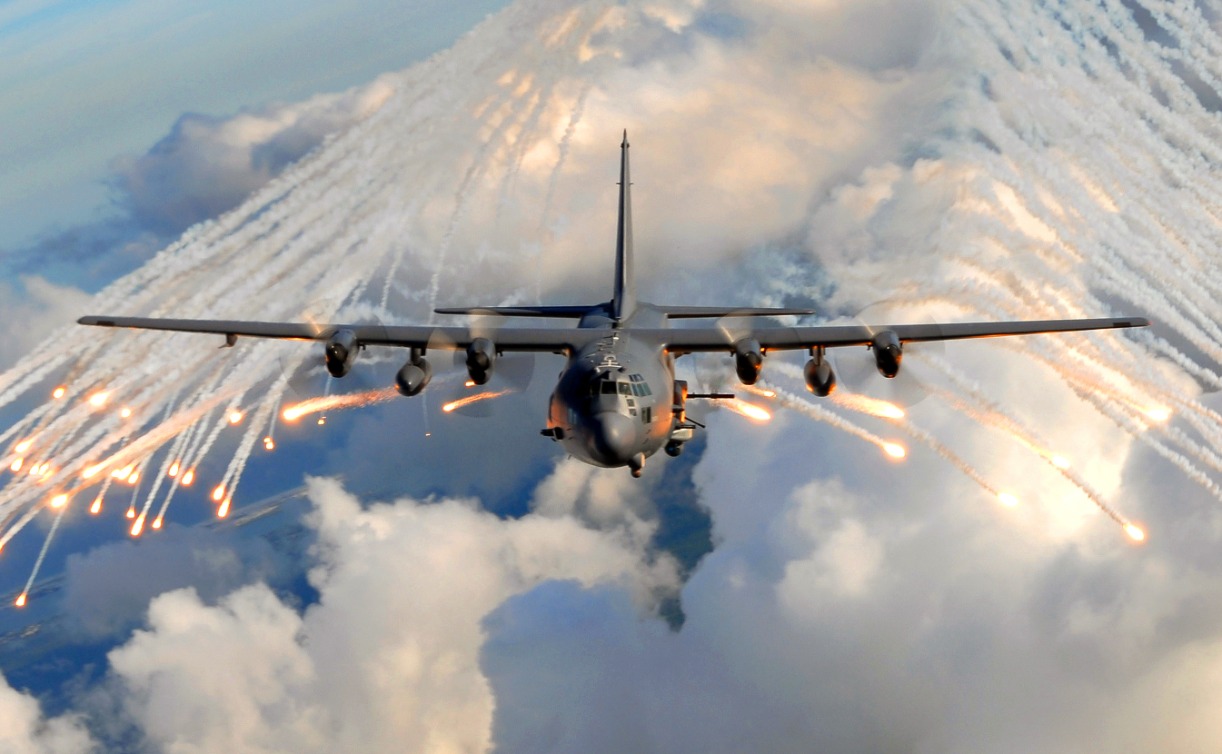
"Emerald Warrior FTX II demonstrates to our adversaries that we can meet them anytime, anyplace, anywhere, without the need for traditional runways to project air power," said Col. Patrick Dierig, 1 SOW commander. "By landing an AC-130J on a highway and conducting FARP, we're proving our ability to operate in austere and unique environments. It shows our commitment to maintain operational flexibility and readiness, ensuring we can deliver decisive airpower whenever and wherever it’s needed."
Truly a Flying Gunship
In its current configuration, the AC-130J is operated by two pilots, one combat systems officer, one weapons system operator, one sensor operator, and four special mission aviators. It is armed with a 30mm GAU-23/A Bushmaster autocannon and a 105mm cannon.
The aircraft has a range of 3,000 miles.
"The AC-130J provides ground forces an expeditionary, direct-fire platform that is persistent, ideally suited for urban operations and delivers precision low-yield munitions against ground targets," the U.S. Air Force noted on the aircraft's fact sheet website.

Last year, there was speculation that the Ghostrider could lose its main gun.
Though removing the weapon would seem to limit the capabilities of the aircraft, the Air Force is now rethinking how it will employ its heavily armed gunships as greater focus shifts to near-peer adversaries such as China. Instead of the 105mm cannon, the Air Force may opt to arm the Ghostriders with small cruise missiles for standoff strikes. In addition, the modern flying fortress could be equipped with an advanced active electronically scanned array radar for improved tracking of ground targets.
Video: AC-130 Gunship Turns Highway into Runway: Historic First Landing and Takeoff
Author Experience and Expertise: Peter Suciu
Peter Suciu is a Michigan-based writer. He has contributed to more than four dozen magazines, newspapers, and websites with over 3,200 published pieces over a twenty-year career in journalism. He regularly writes about military hardware, firearms history, cybersecurity, politics, and international affairs. Peter is also a Contributing Writer for Forbes and Clearance Jobs. You can follow him on Twitter: @PeterSuciu. You can email the author: [email protected].
All images are Creative Commons and/or Shutterstock.
